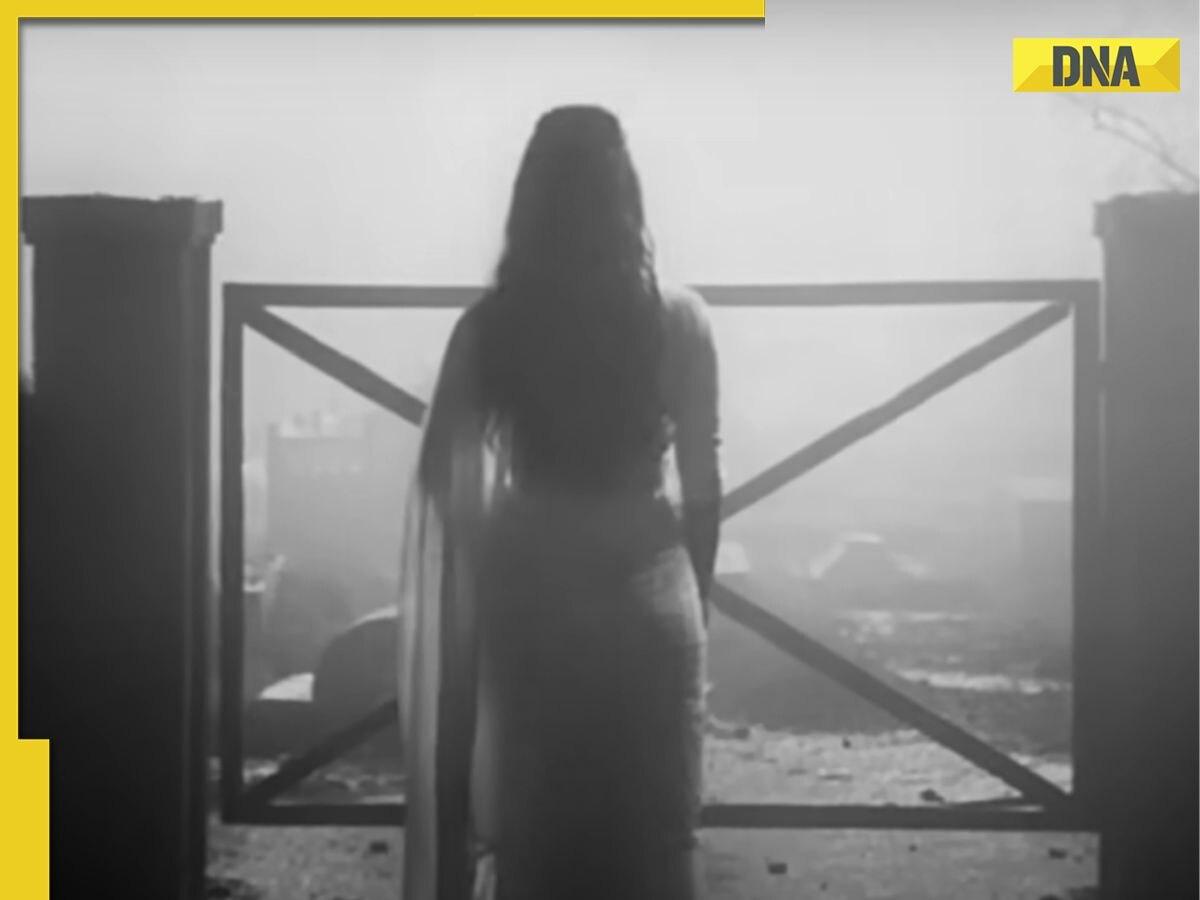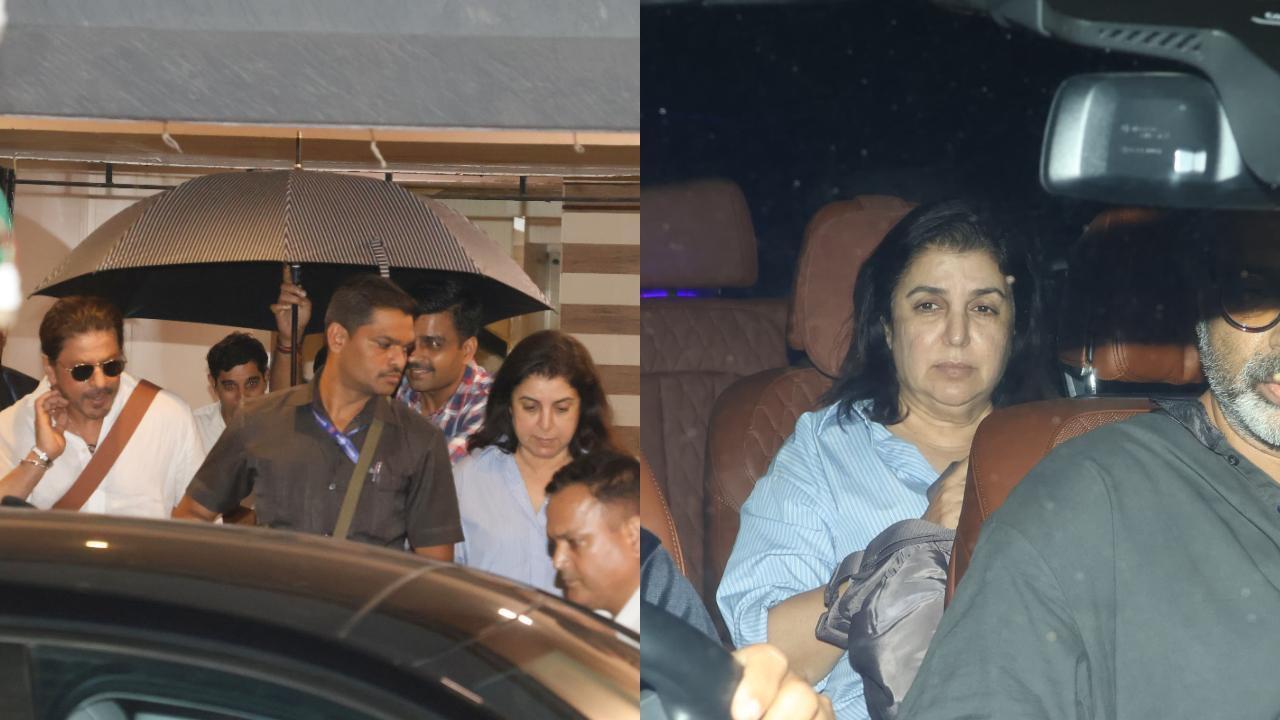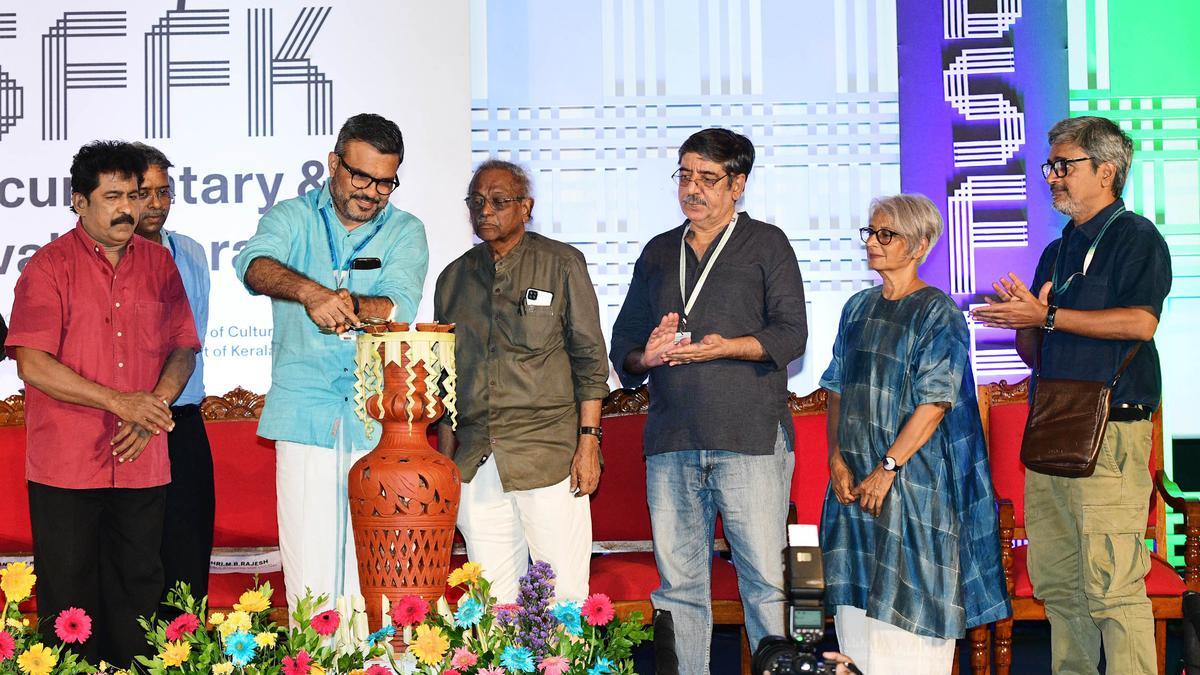
The annals of Bollywood are resplendent with tales of stardom that speak to the dramatic rise of many a luminary in the Indian film industry. Among these stories, the saga of Sadhana Shivdasani is one that resonates with both glittering success and poignant solitude. Her visage, adorned on the walls of countless barber shops and beauty parlours, remains an enduring icon of style. Women, and even men, sought the ‘Sadhna Cut’, a testament to her trendsetting allure.
Sadhana’s saga began in Karachi, where she was born on September 2, 1941, as Anjali Shivdasani. At the age of 7, the spectre of partition compelled her family’s migration to Bombay. Her father, the elder brother of actor Hari Shivdasani, and her relation to Bollywood royalty – Babita, and in extension Karisma and Kareena Kapoor Khan – placed her in proximity to the cinematic world from a young age. Nevertheless, it was during her struggle with financial hardship in college, while balancing studies and a job as a typist in Colaba, that her journey to stardom found its true inception.
Inclined toward the silver screen, with Nutan as her muse and Dev Anand as her screen idol, Sadhana’s first encounter with cinema was accidental but fortuitous. At just 13, she danced as an extra in the chorus of Raj Kapoor’s iconic number ‘Mur Mur Ke Na Dekh, Mur Mur Ke’ in the film ‘Shree 420’ (1955). This experience merely whetted her appetite, and at 15, after being noticed in a college play, she landed her first acting gig in the Sindhi film ‘Abaana’ (1958), for a nominal fee of Rs 1.
Sadhana’s breakthrough came when she was spotted during the promotion of ‘Abaana’. Producer Sashadhar Mukherjee, captivated by her talent, cast her in ‘Love In Shimla’ (1960), alongside his son, Joy Mukherjee. The film’s success served as a launchpad for Sadhana’s career, while her distinctive hairstyle, the ‘Sadhana Cut’, became a nationwide sensation. Throughout the 1960s, she dominated Bollywood with a cascade of hit films such as ‘Hum Dono’, ‘Asli Naqli’, ‘Mere Mehboob’, ‘Woh Kaun Thi’, ‘Mera Saaya’, ‘Waqt’, and ‘Anita’.
Marriage to ‘Love in Simla’ director Ram Krishna Nayyar on March 7, 1966, marked a new chapter in her life. Their union lasted nearly thirty years until Nayyar’s death in 1995. With no children to call her own, Sadhana’s life was devoted to her art. However, her career faced challenges when health issues emerged in the late 60s due to a thyroid condition that required treatment in Boston. Nevertheless, she returned with vigor and featured in successes like ‘Intekam’, ‘Rajkumar’, and ‘Ek Phool Do Mali’.
1974 marked her directorial debut with ‘Geeta Mera Naam’, after which she chose to step away from acting, eschewing character roles and shunning the public eye due to complications arising from hyperthyroidism. The once-celebrated actress retreated into a life away from the spotlight. In her twilight years, health problems persisted, and a bleeding oral lesion necessitated emergency surgery. Sadly, on December 25, 2015, Sadhana Shivdasani passed away in Mumbai’s Hinduja Hospital, following a high fever. The passing of Bollywood’s Mystery Girl was an event met with solemn reflection on the loneliness that often accompanies the waning of a star.
Sadhana’s remarkable story exemplifies the duality of fame and the transient affections of the cinematic world. From earning a mere rupee in her first film to capturing the hearts of a nation, her life shadows the arc of many a Bollywood fairytale. Yet, amidst the echelons of stardom, her journey reminds us of the solitary path that sometimes lies behind a screen hero’s luminescent facade.










